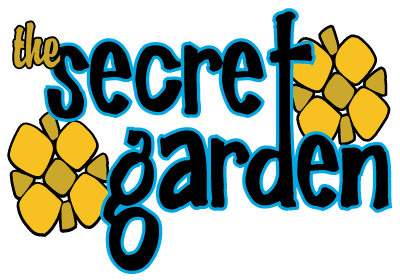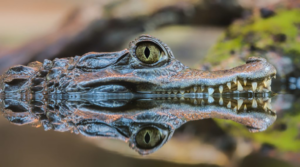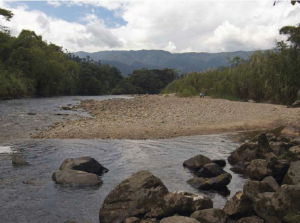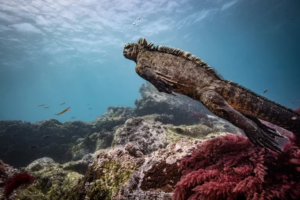Ecuador’s Inti Raymi Festival or the festival of the sun, live in each province in a different way, where the indigenous people live according to their own customs, although the rituals revolve around the sun. The main day of this celebration is celebrated every June 24, the sun is closer to the earth. Inti Raymi is also a celebration of recovery of an indigenous identity that had been lost for a period of time. It opens an opportunity for indigenous Ecuadorians to unite and feel proud of their heritage, and proud of who they are today.
The Inti Raymi festival is also associated with other traditions of remembrance in a single celebration held over several days and includes sports, arts, contests, exhibitions, among others. These activities have a great cultural and historical sense of our roots, since the beginning of the celebrations is the ritual event in honor of Mama Pacha, followed by various forms of cultural expression such as dance, gastronomy and clothing. The intention of this celebration is also to share more and more members of the community and to insist on time.
During Inti Raymi, members of the indigenous communities go to local springs, rivers and waterfalls to undergo a ritual spiritual purification, which they believe results in a renewal of energy and a strengthening of their relationship with Mother Nature, inti raymi in ingapirca dates back to pre-Inca times when this territory was part of Cañar and was inhabited by the Great Cañari Nation, warrior and courageous, who practiced reciprocity and for whom slavery and servitude did not exist.
The Ingapirca parish offers a range of possibilities for visitors to enjoy with activities that include hiking, horseback riding, knowledge of history and experiential tourism.
During the celebration, it is recommended to camp in Ingapirca to enjoy the days of celebration where ancestral rituals, election of the Ñusta, artistic presentations of music and dance of local communities and national and international guests, are the main attraction. We recommend a visit to the Ingapirca Archaeological Complex, Cara del Inca and site museum where you can learn about the history of the Cañari and Inca cultures.
You can also take a horseback ride from Sisid or Ingapirca to the area of Culebrillas through the Qhapaq Ñan, declared Cultural Heritage of Humanity, in this tour you can enjoy the beauty of the Andean moor landscape, observe archaeological remains and learn about myths and legends.
To learn more about the Cañari culture we recommend visiting the Sisid Community located just 5 minutes from Ingapirca, where you can take a tour of the area to see the family gardens and participate in the daily activities of the community such as milking, planting and harvesting, taste the typical food served in the traditional pampamesa, as well as visit the local church that is over 350 years old and participate in basic classes of Kichwa.
An important part of the celebrations in Ingapirca is the “Pampamesa”, a ritual of thanksgiving in which typical food of the area is shared with all those present: corn, potatoes, melloco, oca, mashua, beans, pumpkins, guinea pigs, etc. Also on the first day, the “Ñusta” (Princess) of Inti Raymi is chosen.
Frequently, the Research and Interpretation Center of the Ingapirca Archaeological Complex, develops discussions with the participation of representatives of the Cañari, Salasaca, Otavalo and Saraguro peoples, who share their cultural manifestations and experiences around the celebration.
During the celebration, the sovereign was seated on his golden throne carried by his bearers. He wore a kind of dress with a sash around his waist of different colors, he also had a large red mantle with beautiful embroidery and a gold helmet on his head. He was accompanied by an entourage of important officials such as indigenous women with embroidered skirts and multicolored blouses, carrying branches of cedroncillo, with which they chase away evil spirits. Others pour yellow flowers, while others carry wicker baskets with offerings, including fruits, flowers and gold amulets. It is worth mentioning that in this celebration everyone was barefoot. The soldiers of the Inca used their shields in one hand and in the other they had a star made of wood, and they also wore a helmet.
The Cañaris, considered the flood as the origin of their race, the legend says that in ancient times the whole community perished in a terrible flood and only two brothers were saved at the top of Mount Huacay-ñan, “path of weeping”, which as the flood rose above the waters.
Thus the two brothers, the only ones alive after the flood, left the cave in which they had taken refuge to look for food; but to their surprise, when they returned to the cave they found in it delicacies ready and prepared, without knowing who had prepared them. This scene was repeated for three days, at the end of which, wishing to discover who was the mysterious being that was providing them with food, the two determined that the younger would go out in search of food, as in the previous days, and that the older brother would remain hidden in the same cave. So they did.
Estando el hermano mayor en acecho para descubrir el misterio, entraron de repente a la cueva dos guacamayas con cara de mujer, el indígena quiso apoderarse de ellas pero salieron huyendo. Lo mismo ocurrió en dos ocasiones más y al tercer día cambiaron de lugar, ya no se ocultó el hermano mayor sino el menor: éste logró tomar a la guacamaya menor, se casó con ella y tuvo seis hijos, tres machos y tres hembras, los cuales serían los padres y progenitores de la nación de los Cañaris.
Estas aves misteriosas, las guacamayas, tenían cabello largo y atado, a uzanza de las mujeres cañaris; las mismas aves fueron quienes dieron las semillas a los dos hermanos, para que sembraran y cultivaran la tierra. Estimulados por esta tradición religiosa, los Cañaris adoraban como a una divinidad particular al cerro de Huacay-ñan, que se halla hacia los términos de la provincia del Azuay en la gran Cordillera oriental sobre el pueblo de Sígsig, porque suponían que de allí habían salido sus progenitores, y le hacían sacrificios, arrojando a ella oro en polvo .
De esta leyenda parte dos vertientes: el origen de aquellos que se creían descendientes del hermano que tomó a la guacamaya, sobreviviendo a la inundación; y los otros que decían sus progenitores habían ‘brotado’ de la laguna del Sígsig.
Los Cañaris son un grupo étnico, de aproximadamente 150.000 personas, que habitan mayoritariamente en lo que hoy es la provincia del Cañar y en menor porcentaje en el Azuay. Su lengua es el quichua, quedando rezagos de considerable terminología “Cañarí”, que a supervivido al tiempo, luego de la conquista Incas y Españoles.
Ingapirca, palabra Kichwa que significa ‘Muro del Inca’ se levanta a 3.120 msnm en la provincia del Cañar, siendo la más importante construcción arqueológica del Ecuador de origen Inca. Cañar en el que se encuentran estos aposentos, se lo denominaba en el siglo XVI como Hatun Cañar (quichua: Hatun Kañar) «…que quiere decir en la lengua Inca «La provincia grande de los cañares» . Los datos históricos aseveran la existencia de un reino Cañari, con más de veinticinco tribus, cuyas capitales eran al Norte, Hatun Cañar e Ingapirca y, al Sur, Guapondelig, actual ciudad de Cuenca.




